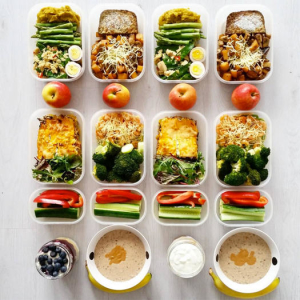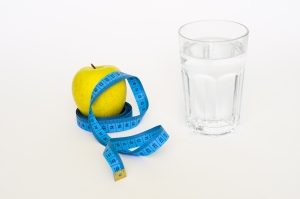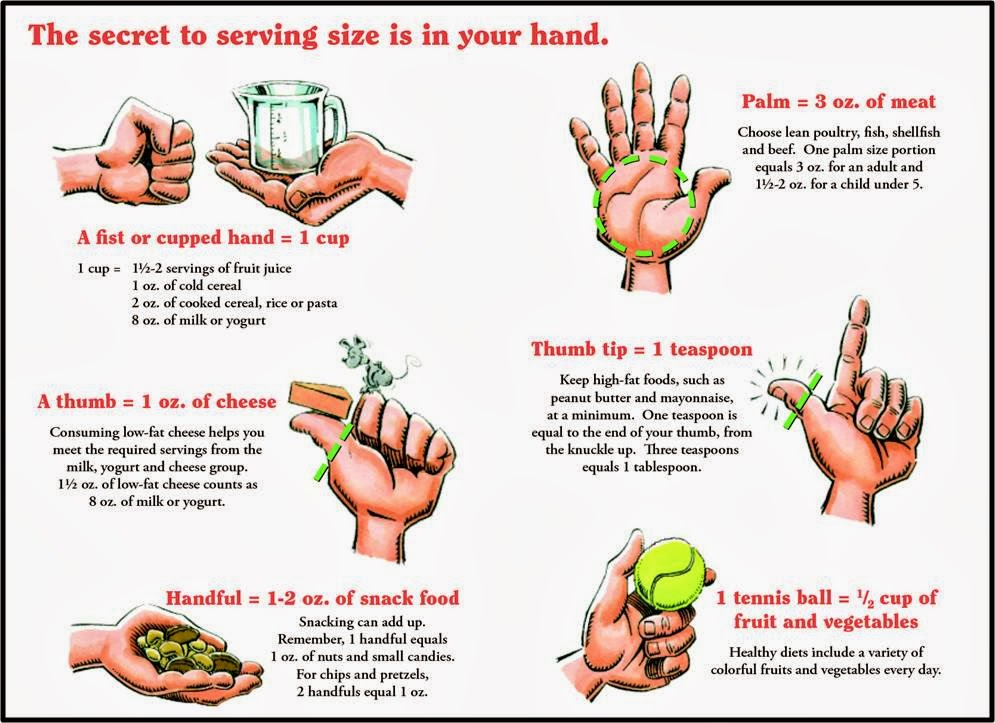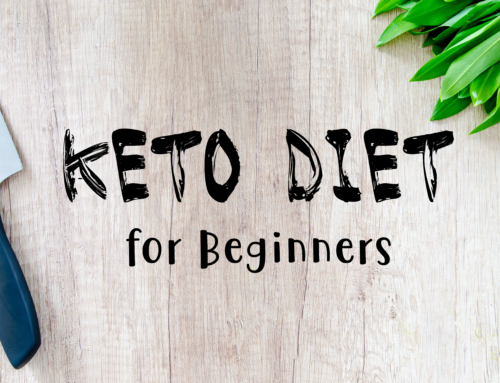When it comes to talking about food a lot of people have plenty of unanswered questions. Why is this? Well, it is because there is so much information out on the Internet and none of us have any idea of what applies to us. This post will help you understand what you can be eating. Also how you can put these changes into your life.
Let’s start with a general list of foods that would make great options. Foods that are nutritionally dense, help your metabolism and are anti-inflammatory are great choices. When planning meals or deciding what to eat, you can reference this list to help you make your decision.
The more food you choose from this list the better off you will be and the better you will feel. Choices under “A” are better than “B” but there are both excellent choices.
HEALTHY FOOD CHOICES
| Fats/Oils | A. Coconut oil, avocado oil, pastured egg yolks, cocoa butter.
B. Grass fed butter, fish oil, krill oil, virgin olive oil, palm oil, macadamia nut oil |
| Veggies | A. Bok Choy, broccoli, cauliflower, cucumber, avocado, celery, fennel, Brussel sprouts, cilantro, spinach
B. Kale, collards, cabbage, summer squash, zucchini, green beans, leeks, parsley, winter squash, butternut squash, lettuce, radishes, green onion |
| Nuts and Legumes | A. Coconuts, olives
B. Almonds, walnuts, pecans, hazelnuts, cashews, macadamia |
| Dairy | A. Organic grass fed ghee or butter
B. Organic grass fed cream, non-organic grass-fed ghee or butter, organic grass fed raw full fat milk or yogurt |
| Starch | A. Sweet potato, yam, carrot, pumpkin, butternut squash
B. White rice, taro, brown rice, cassava, banana, plantain |
| Fruit | A. Blackberries, cranberries, lemon, lime, raspberry, strawberry, avocado, coconut
B. Pineapple, tangerine, grapefruit, blueberries, pomegranate |
| Protein | A. Grass fed beef & lamb, pastured eggs
B. Anchovies, haddock, sardines, sockeye salmon, trout, summer flounder – all wild caught, pastured pork, duck. Pastured chicken & turkey. Whey protein isolate (cross-filtered) |
| Beverages | A. Water with or without lemon/lime, high quality tea, diluted coconut water, mineral water
B. Green Tea, fresh coconut water, fresh brewed iced tea, fresh nut milk |
| Sweeteners | A. Xylitol, erythritol, stevia
B. Sorbitol, mannitol and other sugar alcohol, non-GMO dextrose, glucose, raw honey |
We should also talk about serving size. Serving size is how much of meat, veggies, etc. that you should be eating in a sitting. By following these guidelines you will ensure that you are not over eating.
Thanks to this helpful graphic published by Fooducate we can understand how much of each food we should have on our plate.
Now we know exactly what we can be eating let’s explore ways to incorporate them into our daily lives!
1. Meal prep!
I know that meal prepping sounds like a day full of intense shopping, cooking and tedious preparation. The truth is that meal prepping is extremely easy and can be quite fun once you get the hang of it.
Pick a day, any day, to decide on what you would like to make, grocery shop and meal prep. Keep the day of the week consistent so that you always have healthy snacks/meals prepped. That way you don’t feel the need to run out to a fast food joint for a quick bite to eat.
 Meal Prep 101!
Meal Prep 101!
Here are the basics of meal prepping! Knowing these rules will allow you to apply our guidelines, of what we should be eating, and make delicious and healthy meals for the entire week!
First things first: PLAN and research!
Planning is the biggest part of meal prep since you will be making food for the entire week!
Do some research to decide what kind of breakfasts, lunches, dinners, and snacks you would be interested in making. Make sure to stick to foods on our recommended list so that you can move forward toward being happier and healthier.
Make a list!
Lists will become your best friend when you decide to start meal planning! Make sure to write out what meals (breakfast, lunch, and dinner) and snacks you will be having for each day of the week. You’ll be prepared for your grocery trip and do not feel as tempted to throw random food items in the cart.
Shop: Stick to the list! Also, make sure to pick up some compartmented containers and small baggies for your prepped meals and snacks.
Cook: Just because you planned and shopped for the entire week does not mean that you have to cook everything in one day! Portion out chicken and marinate or even cook large portions and freeze the food you won’t use right away!
 2. Water
2. Water
Always, always, always have water accessible! Water speeds up your metabolism, keeps you hydrated, full and ready to go. If we do not drink enough water we are at risk of feeling sluggish which may keep us from going to the gym or even drive us to eat Here are a few easy tricks:
Keys: put your keys on a carabineer and clip it to your water bottle. You can’t go anywhere without your keys and since they are attached your bottle, you can’t go anywhere with out that either!
Make drinking water tasty: Make yourself a bottle of water and drop a few of your favorite fruits in there to make you WANT to drink up!
3. Food Journal
A food journal is a great way to keep track of what you are eating. By writing down what you eat daily you can make sure that you are sticking to the recommended foods list as well as see patterns of stress eating, etc.
 Diets
Diets
Eat this…no, no, no, no, don’t eat that! Diets, there are tons of them out there; from the Mediterranean diet, Atkins, DASH, etc. We are overwhelmed with new and ever changing dietary information. Even with all these dieting options some of us still can’t seem to find one that works for us! We see our friends and family having success but we are still unsure about why we don’t see any progress.
Lucky for you, a new study published in Cell reports that people’s bodies can respond very differently to eating the same foods. The study focused on a measurement used in many diets on the market today, the Glycemic Index or GI. The Glycemic Index “was developed decades ago as a measure of how certain foods impact blood sugar levels and has been assumed to be a fixed number. But it is not. It turns out that it varies widely depending on the individual.” The researchers reported that in some cases the response of ones blood sugar to a specific food. One example, tomatoes, would be completely opposite to that of another person.
Why is this important? By knowing the affects that certain foods have on our blood sugar we can begin to understand which foods we need to avoid to stay healthy. During the study one woman’s test showed that eating tomatoes caused an increase in her blood sugar. High blood sugar can cause, obesity, heart problems and diabetes. By knowing which foods cause a spike in blood sugar she can begin to remove them from her diet. This can make you become happier and healthier.
One of the researchers reports that meals tailored specifically to the individual will become the future of dieting.
Accountability Apps:
1. Calorie Counter and Diet Tracker by MyFitness
Price: Free
For: iOS
This app allows you to keep track of calories, fitness goals, nutritional intake, weight management, and much more. A convenient barcode scanner allows that you can easily input packaged food items into your daily count. You can even add your friends who are also using the app to help you sty motivated.
2. Lose It! – Weight Loss that Fits
Price: Free
For: iOS
Like the app created by MyFitness, the Lose It! app tracks meals, nutrition, and exercise. The app also comes fit with a barcode scanner to help make food more searchable. There is also a database with popular meals and nutritional values. You can also add your friends on this app but Lose It! Has encouraged motivation by creating the Lose It! Challenge.










